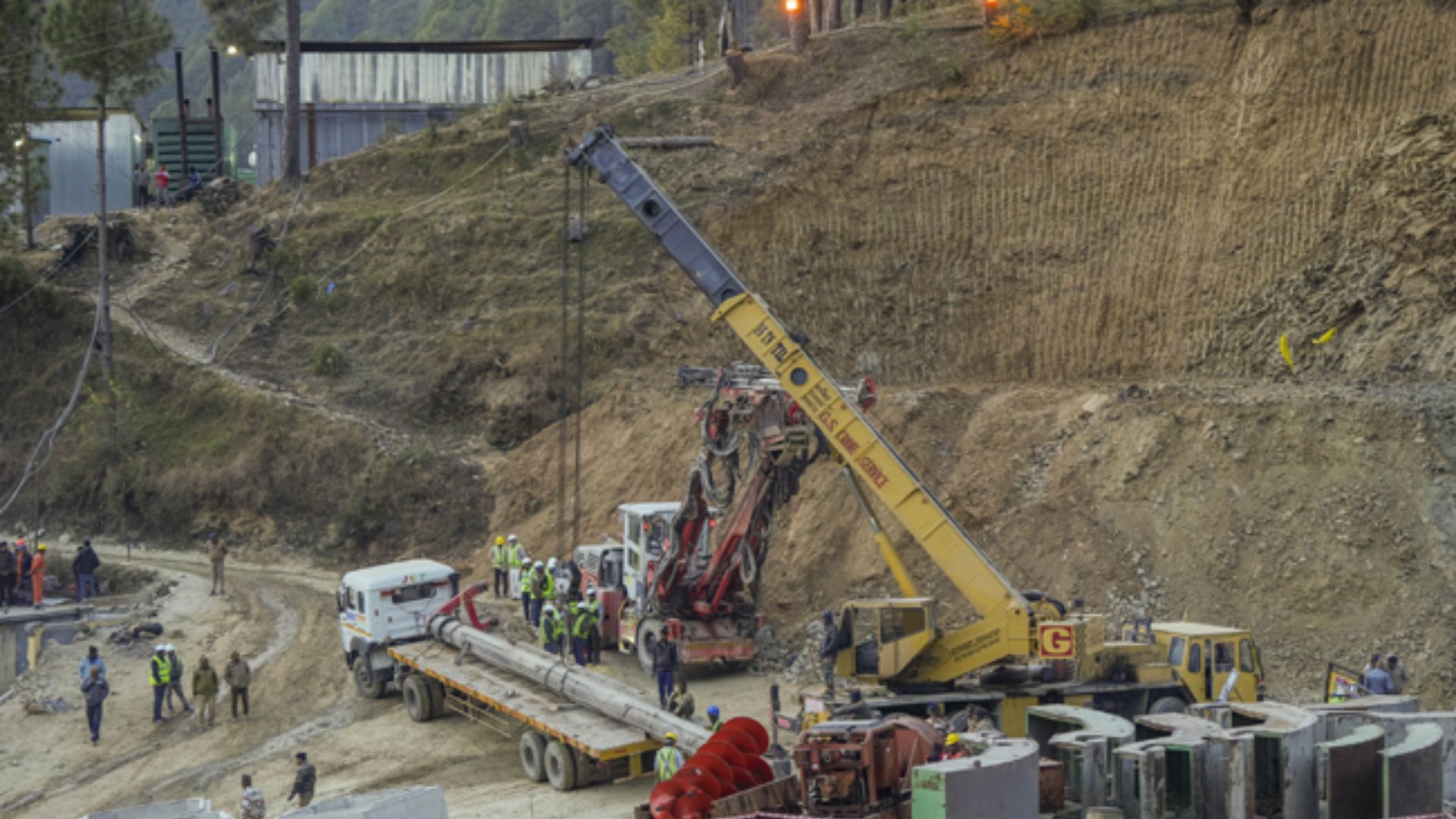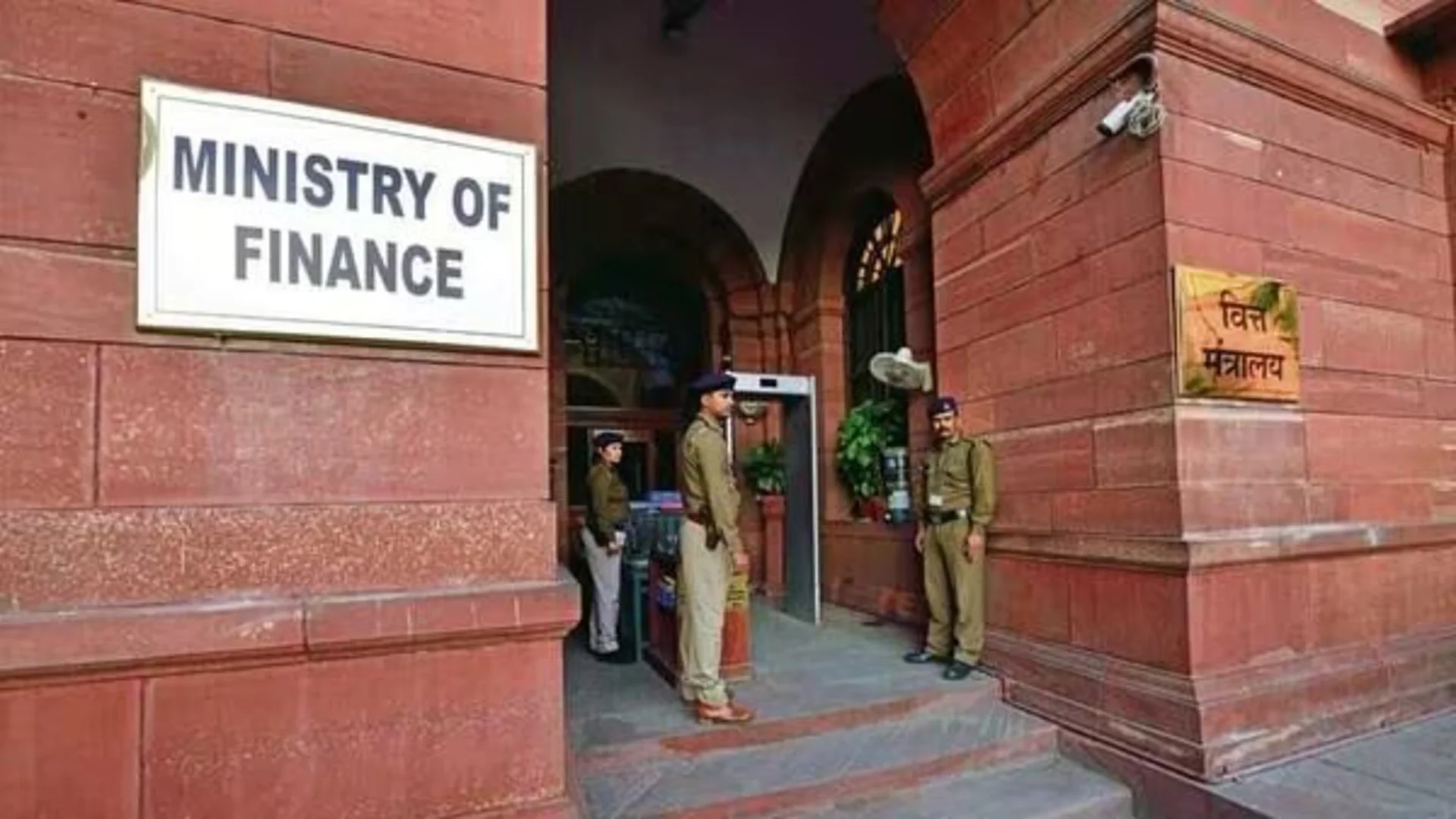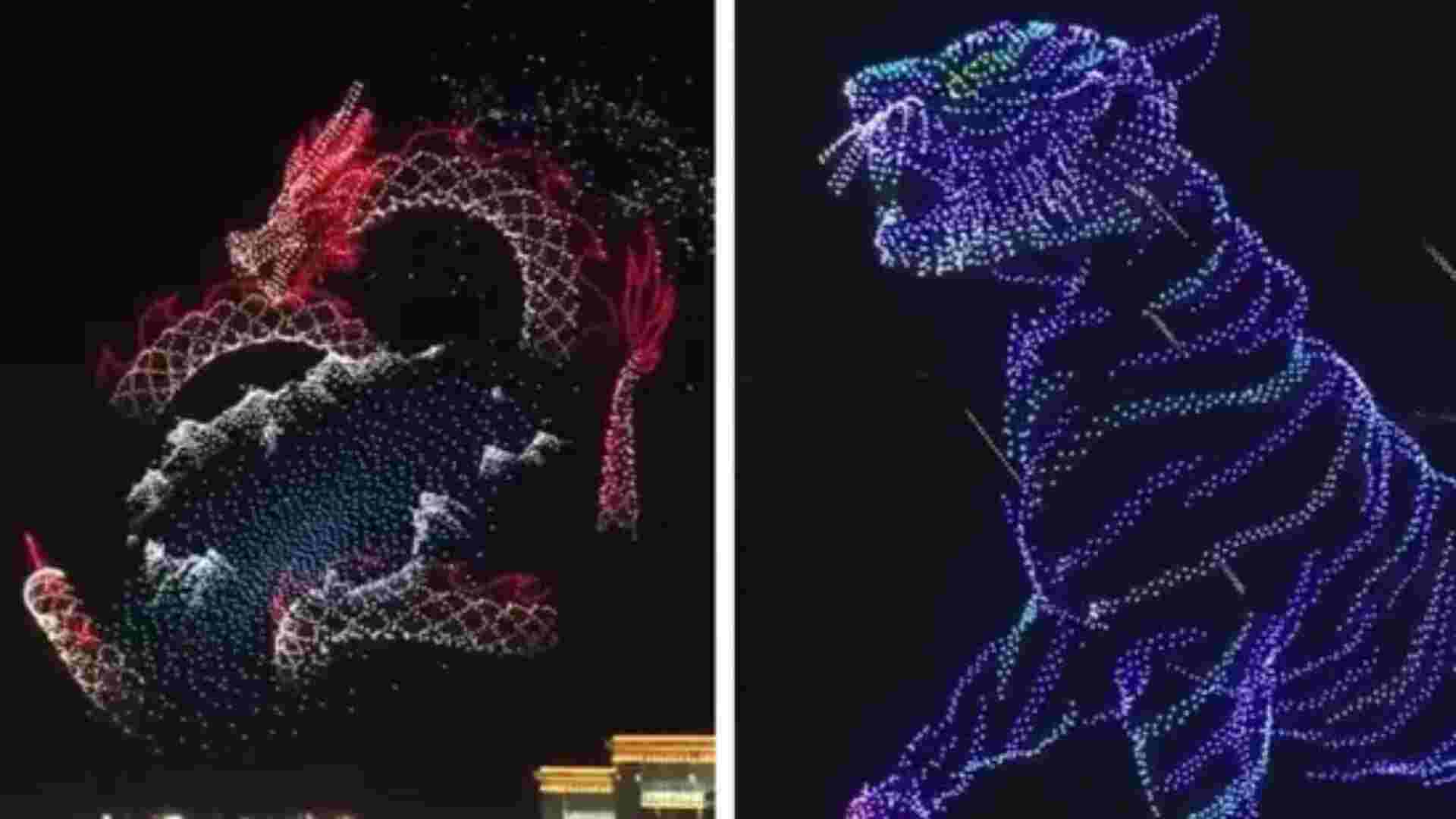
In the Silkyara tunnel, where 41 laborers have been stranded for the past 14 days, a plasma cutter was flown in from Hyderabad on Sunday to cut and remove parts of the auger machine stuck in the debris. The authorities must fully disengage the machine before they can return to the rescue operation, which entails manually pushing pipes through debris to create an escape route. Additionally, a drill machine component was sent to the top of the hill, above the tunnel, for vertical drilling.
On Sunday, a Madras Sappers team from the Indian Army’s Corps of Engineers arrived at the scene to support the rescue efforts. The auger machine’s blades became lodged in the debris of the collapsed Silkyara tunnel on Friday night, causing officials to contemplate alternative options that might delay the rescue effort for several days or even weeks. On the fourteenth day of the multi-agency rescue operation, authorities refocused on two options: either manually excavating the last ten or twelve meters of debris or, more likely, drilling down 86 meters from above.
On November 12, a section of the tunnel under construction on the Char Dham route in Uttarakhand collapsed due to a landslide, obstructing the workers’ escape. This sparked the start of the rescue operation. Within a constructed two-kilometer section of the tunnel are the laborers. Through the six-inch-wide pipe, food, medications, and other necessities are being sent to them.















